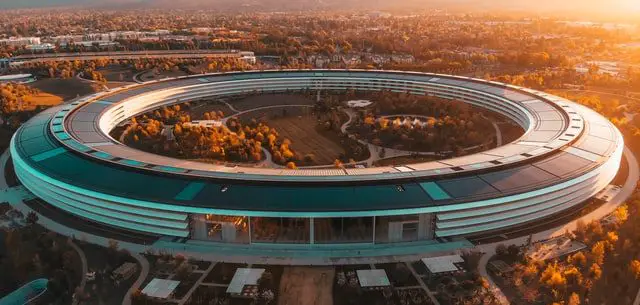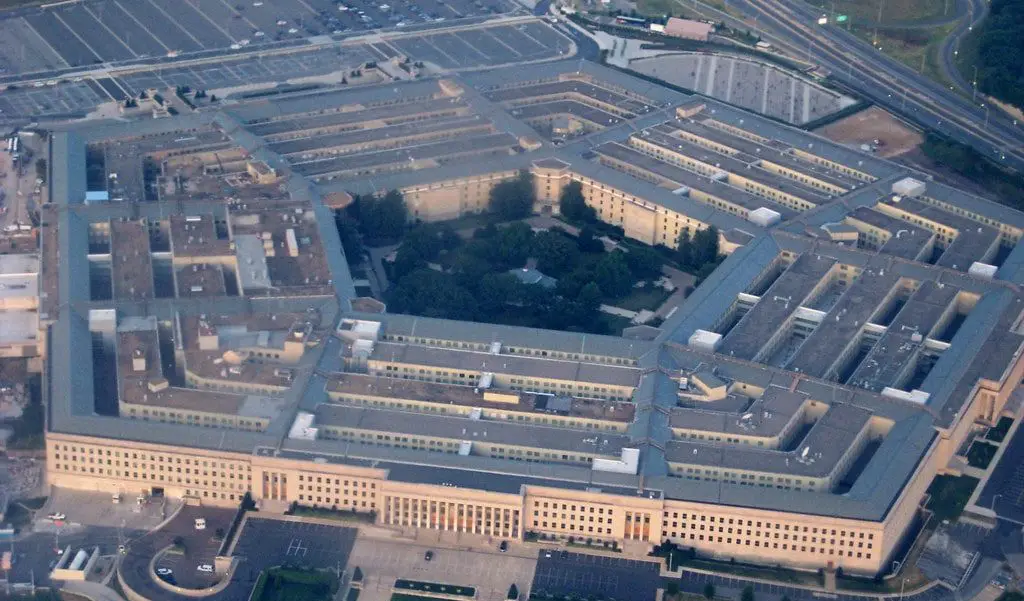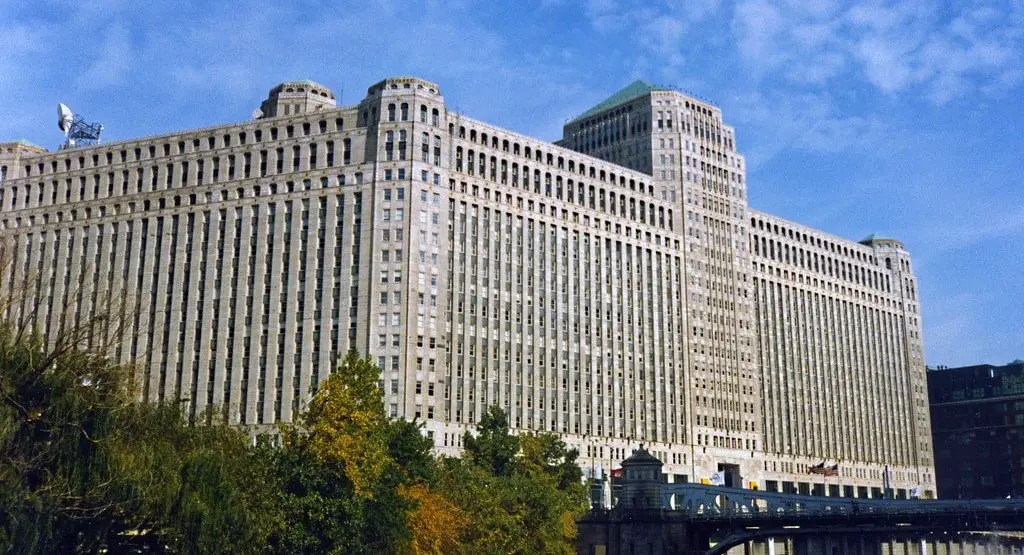How many of you would raise your hands, if I asked what a groundscraper was?
I’m pretty sure most of you drew a blank just now. Likewise, some of you are probably thinking that it’s a variation of ‘landscaper.’ In other words, you assumed that there must be a typo somewhere.
Let me end the confusion by saying that a groundscraper is a type of commercial building. It is the antithesis of a skyscraper in both form and function.
Anybody who has ever been to a big city knows too well what a skyscraper is. These towering behemoths are hard to miss because they are always in your face. They block out the view of the horizon and make it challenging to find your way around the city by sight. I’m betting top dollar that skyscrapers made people start calling call cities concrete jungles. In contrast, groundscrapers are like skyscrapers lying by their sides.
What Is A Groundscraper?
A groundscraper is a mid-rise building with few stories that, in comparison, has a very large amount of floor space. Some notable examples are the Apple Park in Cupertino or the Pentagon.

Characteristics Of A Groundscraper?
It is a large, sprawling building with fewer levels than most urban buildings. For instance, one of the most recognizable groundscrapers has got to be the Apple Park in Cupertino, California. Although the building has only four levels, it covers a whopping 2.8 million square feet. In contrast, the Empire State Building has a similar floor space but is a 102-story building.
Origin Of The Groundscraper
The idea of a groundscraper is not new in architectural circles. The first building to have the groundscraper moniker is the Merchandise Mart Building in Chicago. Despite its low profile, the building has 4 million square feet of usable space. It was the largest building by square footage in 1930 and is still impressive by modern standards. The Merchandise Mart Building was an early indicator of how easy it was to build a low-rise building. However, people needed more floor space but had less land to build on. The expansion of cities caused an unprecedented shortage of land. Consequently, it made more architects prefer building skyscrapers.
The term groundscraper gained prominence after Google announced it would build one in London. The 11-story building has more than 1 million square feet of space. Many architects appear to prefer building groundscrapers when there is no shortage of land. Does this mean that they are better than skyscrapers? Let’s find out.
Advantages Of Groundscrapers
1 | Less Congested Entrances
One of the lessons we have learned from the pandemic is that we should not stay in large groups. High-rise buildings usually have single entry points. They funnel people into crowded lobbies where disease can spread. In contrast, groundscrapers often have multiple entry points. It is easier to separate people entering the building.
2 | Healthier Working Environments
People in groundscrapers walk more because of the horizontal space they cover. They also use stairs more often. All these factors contribute to their physical well-being. In addition to physical health, groundscrapers also contribute to mental well-being. Companies can set up open floor plans to encourage interaction in the workplace.
3 | Energy Efficiency
A tower needs more energy for climate control. Therefore, its energy consumption is higher than a groundscraper. The elevators in high-rise buildings also increase their energy use. Additionally, skyscrapers use a lot of power pumping water.
Building experts have been calling for the abolishment of full-glass skyscrapers. It is difficult and costly to cool these buildings. As a result, the carbon footprint of large glass buildings is considerable. Many architects who design skyscrapers are fond of glass buildings because they are captivating sights on the city’s skyline. They also bring in a lot of natural light and, inevitably, heat.
Light is great. However, few of the buildings’ occupants appreciate the heat they absorb. Furthermore, because of their sealed-off nature, the only way to cool them down is to use artificial means. When the temperature soars too high, even artificial cooling might not cut it.
All these shortcomings do not affect groundscrapers. Most groundscrapers are easy to cool naturally. Since they don’t have large vertical facades, it is also easy to keep out direct sunlight. Therefore these types of buildings are more energy efficient.
4 | Groundscrapers Are Cheaper To Build
You need to buy less material when building a groundscraper. The reason is that it has enough strength without using specialized materials. Additionally, skyscrapers are expensive. A high-rise building needs costly equipment to construct. The cost of designing the building is also higher than a groundscraper. The reason is that it must be strong enough to withstand the wind. Additionally, it should be able to survive earthquakes. In conclusion, a high-rise building becomes more expensive the taller it gets.
One of the reasons why the Pentagon is a groundscraper is cost. During the second world war, the price of steel was very high. The government decided to construct a low-rise building to reduce the steel needed.
5 | Groundscapers Are Easier On The Cityscape
One of the reasons people oppose skyscrapers is that they ruin the cityscape. People in Europe dislike the idea of skyscrapers dominating the skyline. In short, skyscrapers would diminish the appeal of their many historical buildings.
6 | Safer Escape During Emergencies
One of the challenges of skyscrapers is that they are hard to evacuate. There are much fewer exit points compared to the people they house. These high-rise buildings rely heavily on elevators to move people. However, people cannot use the elevators during an emergency. It is a common cause of panic and confusion when people need to evacuate
On the other hand, a groundscraper has multiple exits that make it easier for many people to leave together. Furthermore, they can use the stairs because the building has fewer levels.
7 | Maintenance Cost Is Lower For Groundscapers
We talked about the lower construction costs of landscapers. These buildings are also cheaper to run. Their electricity bills are lower than skyscrapers because they do not need a lot of mechanical climate control. Furthermore, groundscrapers don’t need to pump water to dizzying heights like skyscrapers.
8 | Groundscrapers Resist Natural Disasters Better
Even if you constructed a skyscraper with the highest safety standards, it still would not match the safety of a groundscraper. A groundscraper is less likely to collapse in an earthquake.
9 | A Groundscraper Has More Greenery Space
Because groundscrapers have a lot of horizontal range, developers often embed more greenery. In contrast, skyscrapers don’t offer a lot of space for greenery.

“Pentagon” by gregwest98 is marked with CC BY 2.0.
Disadvantages Of Groundscrapers
Despite all the talk of the greatness of groundscrapers, they are not perfect. The following are some of the disadvantages of groundscrapers.
1 | Say Goodbye To The Views
Skyscrapers are known for their magnificent views over cities all over the world. The views out of groundscrapers are nothing close. You’d be lucky to get a view of the adjacent street if you are in a groundscraper.
2 | Most Groundscrapers Are Not Within Cities
The cost of land at the center of cities is very high. As a result, the only sensible building to construct in city centers is a skyscraper. Additionally, you often have to arrange for transportation into the heart of the city from a groundscraper.
3 | Shared Areas Can Become Crowded
Some groundscrapers do not have elevators. Consequently, people have to share some parts of these buildings. During certain hours, hallways, corridors, and stairwells of a groundscraper can have too much traffic.
4 | Pollution Can Be Problematic
Street noise can be bothersome to people on street-facing parts of a groundscraper. There might also be smoke pollution on the side of the building facing a busy street.

“Merchandise Mart, Chicago, 1994” by In Memoriam: PhillipC is marked with CC BY 2.0.
Groundscraper Vs. Skyscraper: Which Is More Sustainable?
Considering the costs of building and maintaining the two, groundscrapers need fewer resources. They use fewer energy and are easier on the environment. In other words, the world needs more low-rise buildings. Currently, the ideal location to build groundscrapers is away from cities where land is plentiful and affordable.
However, the UN predicts that by 2050, the population of cities will be much higher. They estimate an increase to 6.3 billion from the current 3.6 billion. What does this have to do with building types? The land in cities is not enough. To accommodate a larger population, people will need to build taller buildings. If you could think like an urban planner, you would choose skyscrapers. But, how do you offset the negative impacts of high-rise buildings on the city’s infrastructure? With the current technology, you cannot.
People today place higher importance on environmental protection. It is hard to justify increased skyscraper construction. Skyscrapers will be more compelling if building technology dramatically improves.
Eventually, the sustainability of a building depends on the inhabitants. How they use the resources of the building will determine its sustainability. If the developer combines homes, offices, and recreational areas in a building, resource usage will be more efficient. For instance, the extra heat from offices could heat homes.
Groundscrapers Are Helping Bring Old Buildings Out Of Retirement
There are numerous examples of old buildings being converted into modern office spaces. In fact, the majority of these buildings are groundscrapers. This trend, however, does not indicate a resurgence of the groundscraper. Silicon Valley giants are taking the lion’s share of these major renovation projects.
Google, Facebook, and Apple, even though fierce competitors, have a similar mentality about the ideal workspace. They place high importance on wide-open workplaces like those found in groundscrapers. All these companies have bought or leased old groundscrapers to create a new workspace for their staff.
Conclusion
The groundscraper was a popular building design in the 90s. It has resurged recently, driven by the demand by companies looking for better workspaces. The benefits of this type of building are evident. However, it has difficulty competing for prime real estate in cities. As a result, the groundscraper will likely remain on the outskirts of big cities. Groundscrapers are also cropping up in upcoming areas where land is no constraint.
If you want to learn more about commercial real estate, PropTech, smart buildings, smart cities, and sustainability, feel free to take a look at our other blog articles.
